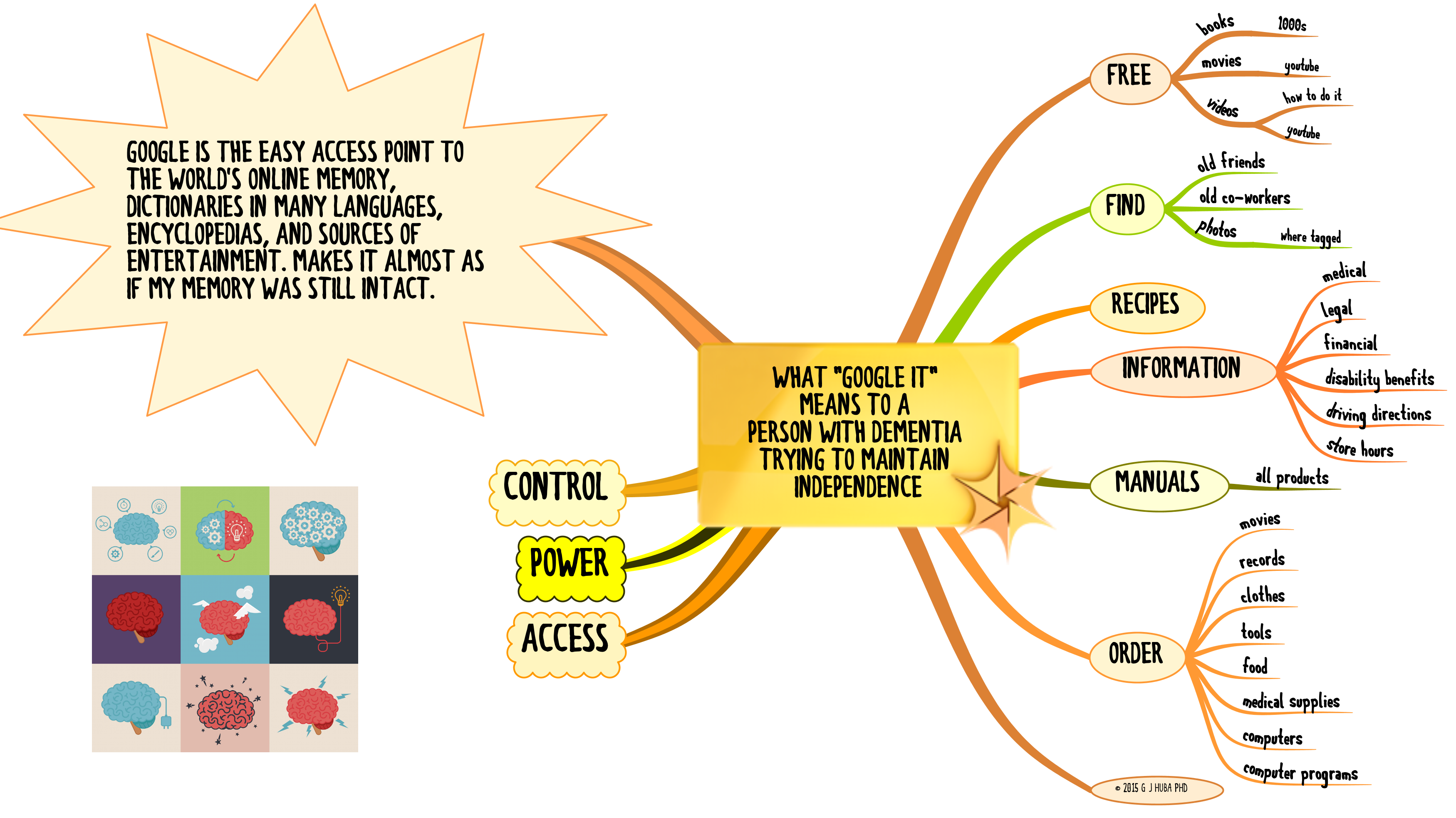The BIG D — currently the most dreaded way to die in the world.
I occasionally get tweets when I write columns on living well with dementia stating that the writer will — if he or she gets dementia in later years — consider committing suicide. At times people imply that I should also.
I regard most of these arguments as emotional masturbation although I also know that some people will go through with such a plan. I feel very sorry for them and wish that we had a better mental health system to deal with their pain and confusion.
You saw your Mom or your Gramps suffer (or at least you thought they were suffering while they were causing work and other problems for you). It scares you, it enrages you that lifetime savings are wiped out and do not pass between generations, it messes up your own relationships with your own nuclear family. You feel powerless and guilty and angry and helpless. And very, very tired.
The BIG D your Dad and Grandmother had are becoming the little d. Treatments are being developed for all types of dementia causing conditions, and you can expect them to be available in the not too distant future of 10-20 years. Behavioral interventions can greatly improve quality of life. Treatment will get less expensive over time (and even less so if we nationalize Big Pharma for the good of the world). Improved housing, professional caregiving, education of healthcare providers to make early identifications of impending dementia, and cost saving measures make it easier and cheaper to have a continuing good quality of life while living with dementia. Yes, I am too advanced to probably benefit much from forthcoming huge changes in dementia care and treatment, but my children and yours will which is something to look forward to.
OK, you are sitting there saying this guy is full of shit. Not really. In 1992 I started two decades of evaluating and helping improve some of the most creative and innovative programs for HIV/AIDS treatment and prevention funded by the US government. From 1992-6, I watched literally dozens of my friends and coworkers die of AIDS 20 to 40 years before their life expectancy in an AIDS-free world. In the mid-90s I had dozens of additional friends in their 20s through 40s with HIV/AIDS who had a life expectancy of a few years and a miserable death ahead of them. Then came the medical miracle of antiretroviral drugs. Almost all of the folks I was close to who moved onto the new treatment regimen are alive now 20 years later and living pretty “normal” lives. Many moved from being uneducated street youth to PhDs and program administrators and federal employees and teachers and parents. Yes, parents. And quite good ones. Also, good taxpayers.
The BIG H (HIV/AIDS) was tamed for those who could be identified early and were in countries where antiretroviral drugs could be made available for a reasonable cost within differing levels of national average income. Much more remains to be done to fully tame HIV/AIDS, especially in Africa, a continent ignored by the rich nations. But the tools are there and the money should be. Should the big governments of the world not be willing to make this happen, perhaps the big religions of the world who have amassed reserved of valuable property and cash could use their funds to solve these medical problems.
I have no doubt the BIG D can be tamed like the BIG H and that the same problems with sharing the costs for treatment in the developed and undeveloped world will occur. And I greatly doubt various political factions will want to spend the dollars needed for research and developing treatments and making them universally available along with lifestyle training programs to help prevent certain kinds of dementia.
Stop thinking about suicide if you get dementia and start thinking about electing politicians who know that the horrible diseases of the past and their somewhat milder versions of the present can be tamed far more rapidly if resources are turned into medical research and treatment rather than bombs and trying to control countries with different religions and peoples of different colors than your own. Elect someone who has the guts to take on the aggressive capitalists of Big Pharma and conservative governments.
And do not send me tweets suggesting that you are morally superior to me because you will commit suicide to save society money if you get dementia. I think that is VERY wrong.
The BIG D is going to be a disease that will be solved eventually. And you will have a milder and less lifestyle disrupting version than your grandparents and parents. Speed up the process of making these advancements by fighting to devote resources to the development of the solutions. Emotional masturbation that maybe you will commit suicide in the future to “save society the cost after it is helpless for me” is not doing a damn thing to solve the mysteries of the neurological diseases that cause dementia. Devote the later stages of your life to looking for solutions, not giving in and accepting misery for yourself and your descendents or thinking Donald Trump is going to solve your problems.
Dementia care and treatment is changing for the better in a manner that is far more rapid than the garbage you read about in the news channels on the Internet. On the other hand, the politicians who allocate public monies are being more stoopid about health issues than ever, a fact rarely stated in its full ugliness in the press.
Here is how I see the situation. Click on the mind map to expand it for easier viewing.

And don’t give up. It is not going to be as bad as it was for your grandparents and parents. And you have lots of technologies and treatment innovations to make your quality of life better.
And use the time you gain from the advances in dementia treatment and care to help speed the progression of the work to solve this and all other diseases.
Like this:
Like Loading...




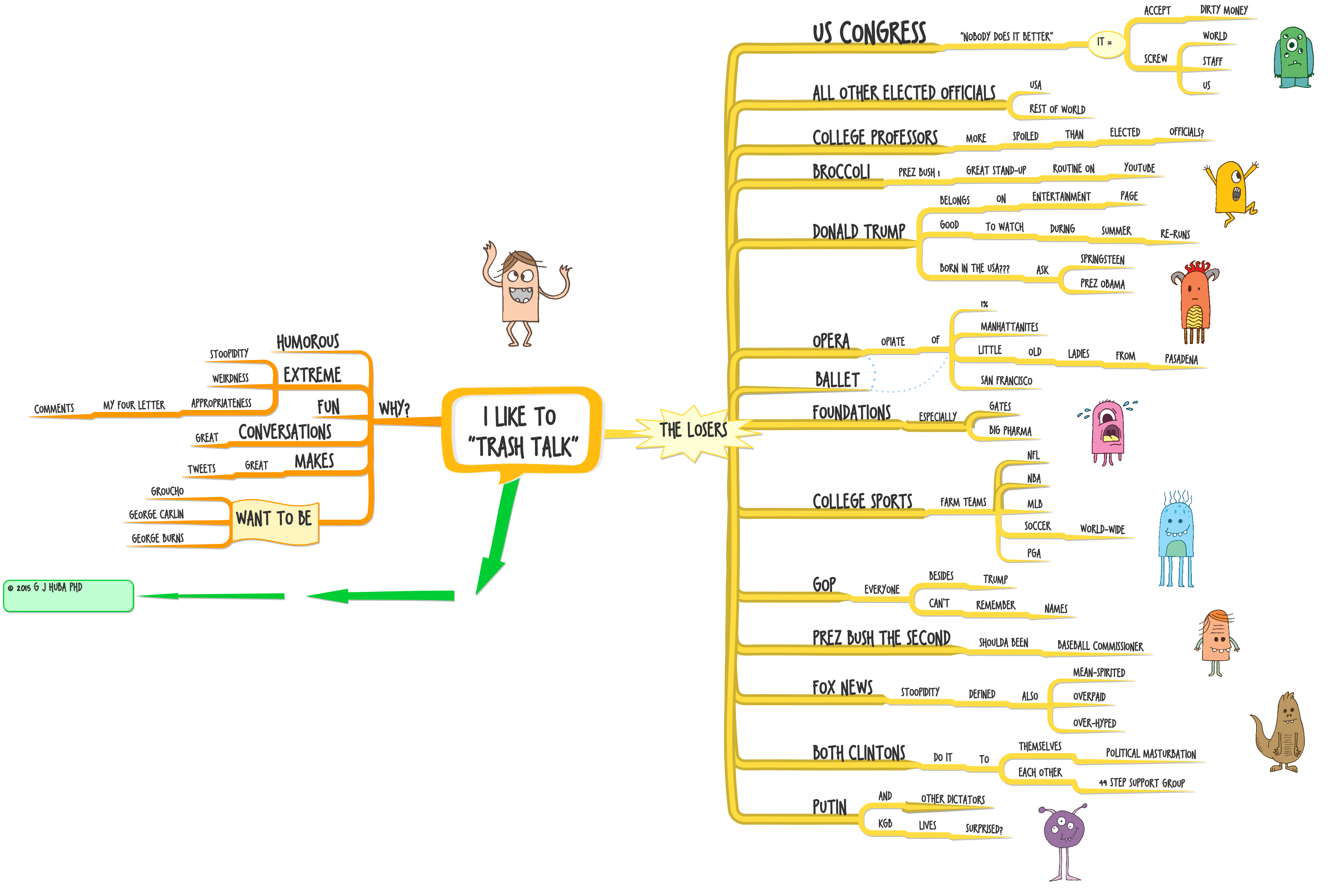



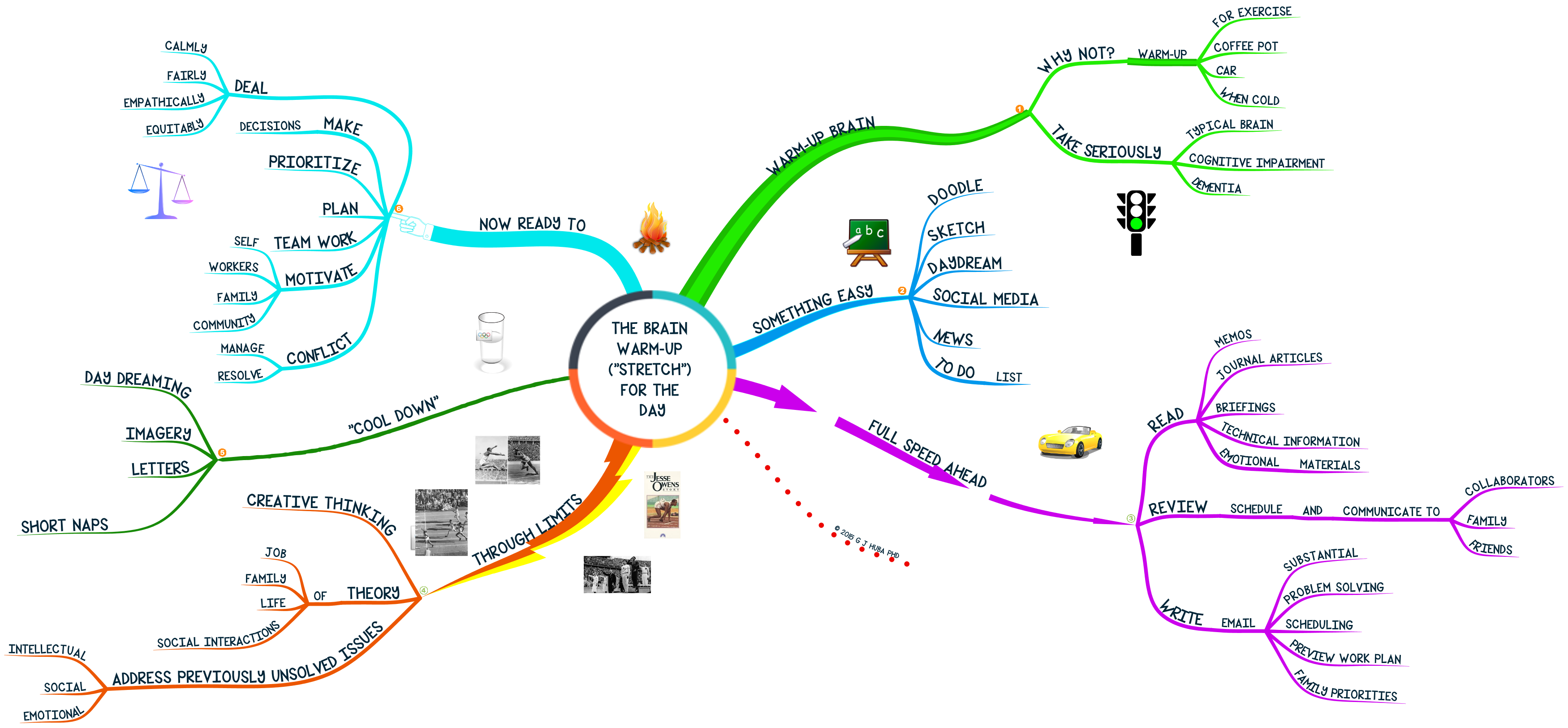


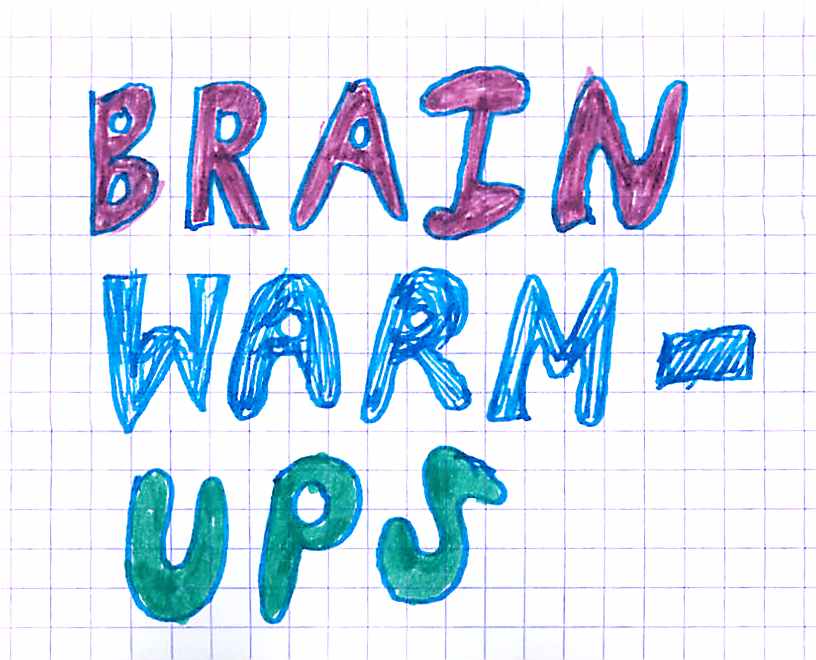
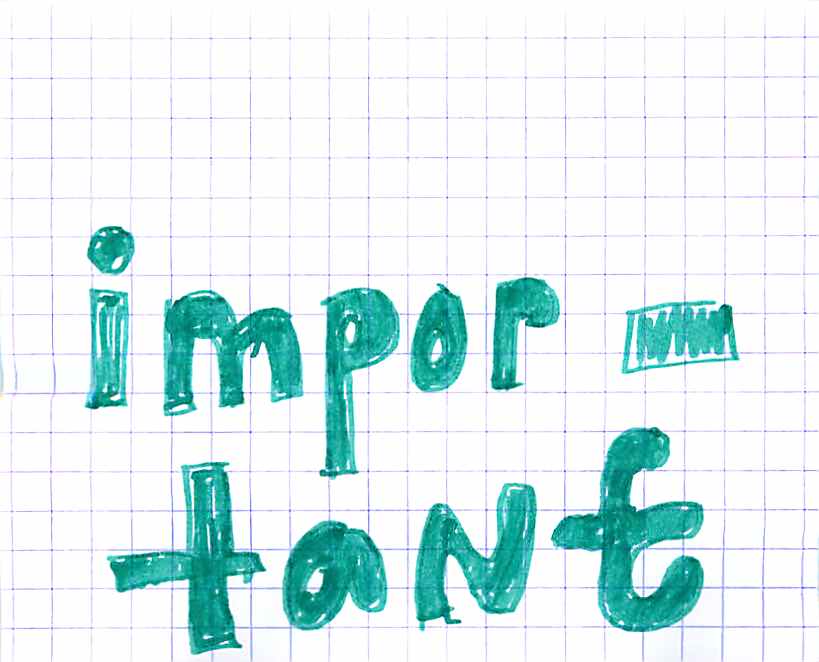





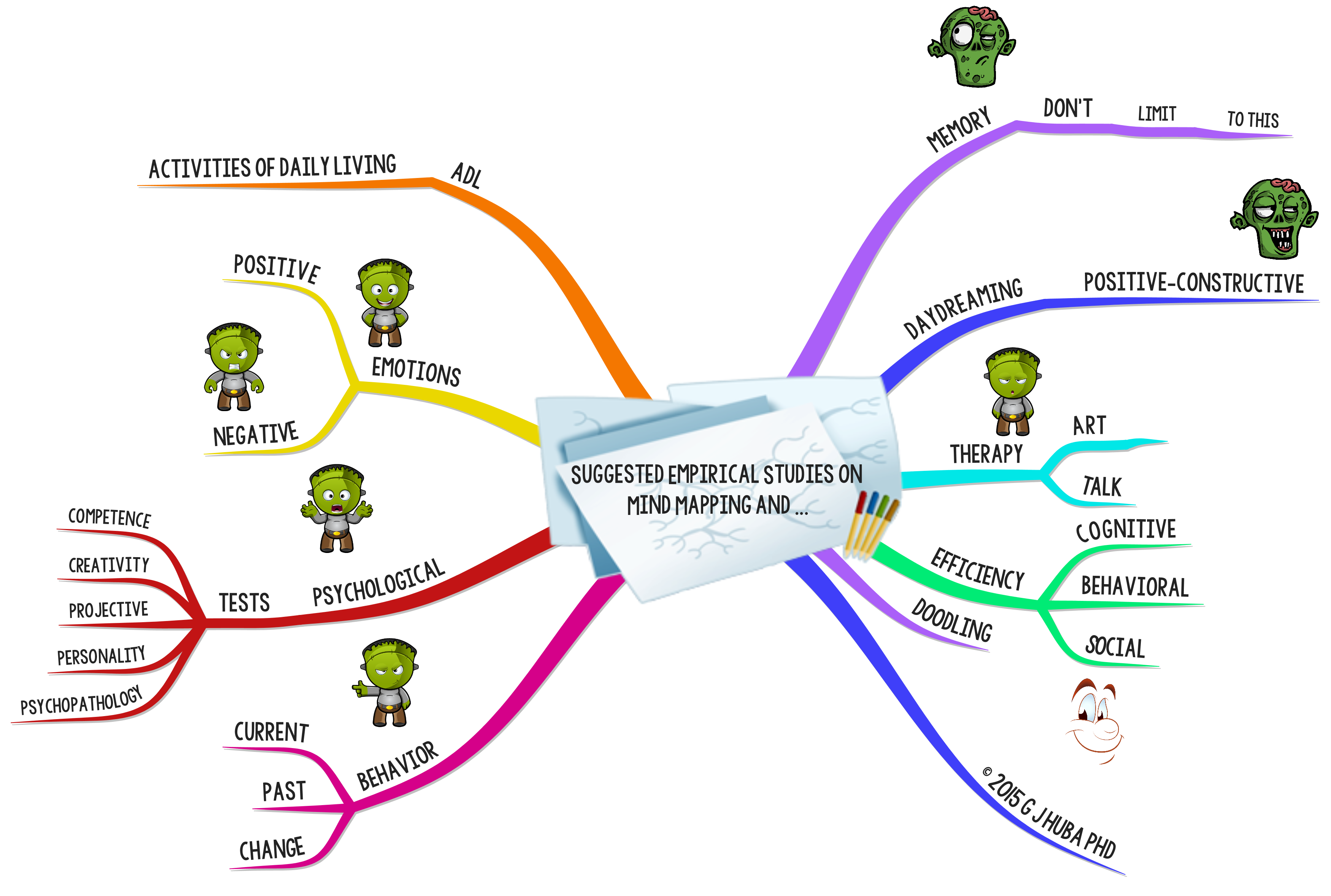






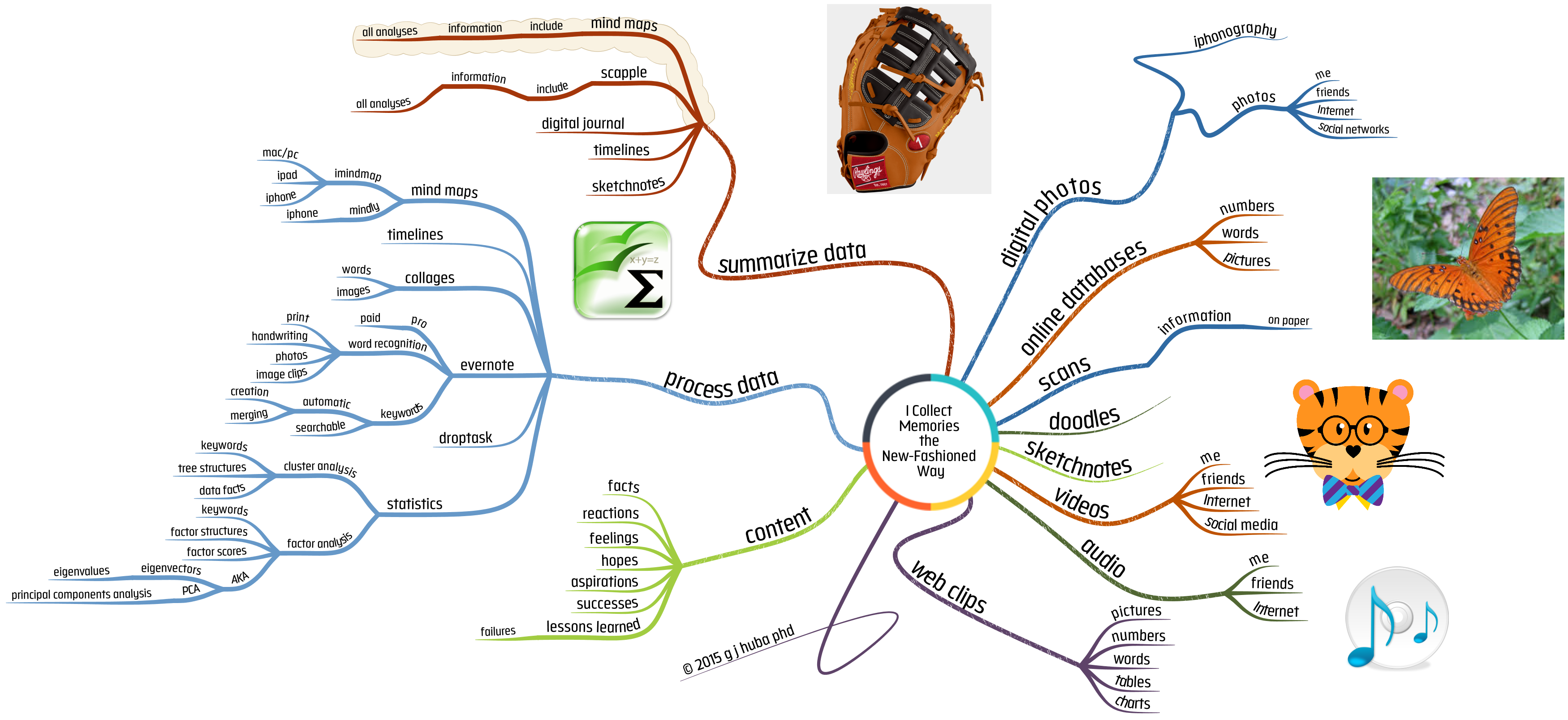


![BIG GOVERNMENT RESEARCH [AKA TENURE TRACK RESEARCH] =](https://hubaisms.com/wp-content/uploads/2015/08/big-government-research-aka-tenure-track-research.png)









